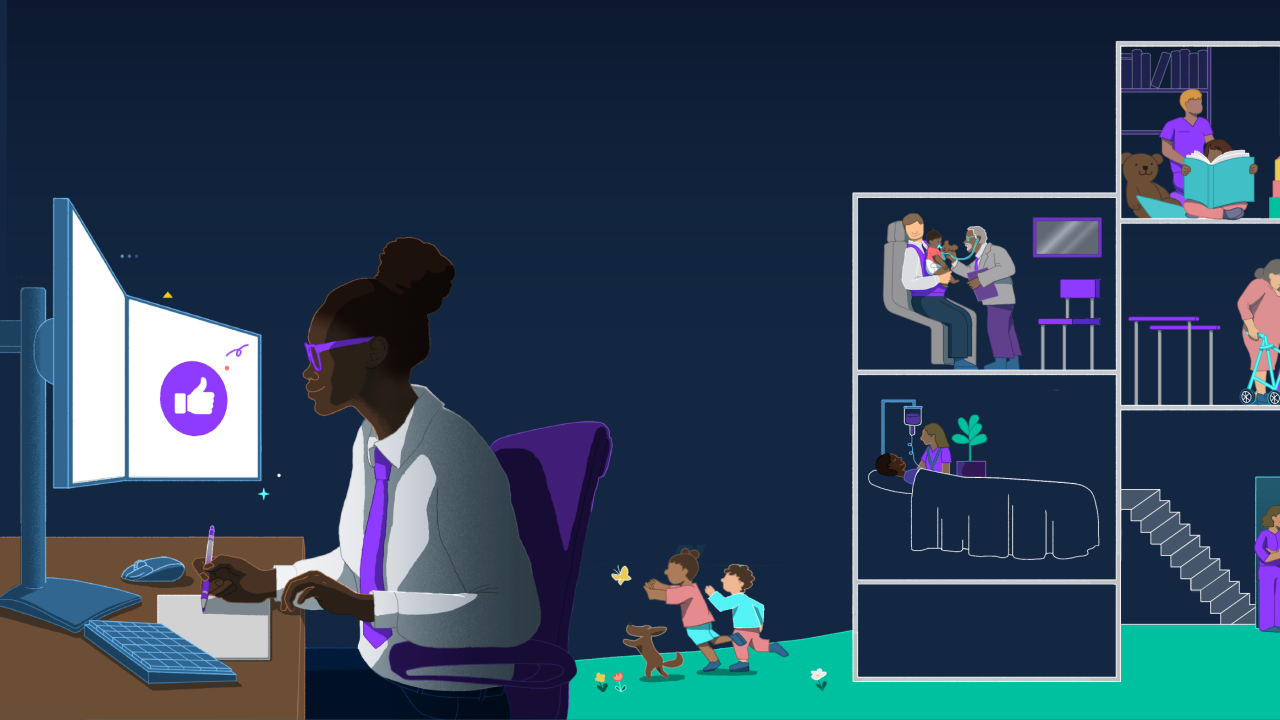A safe and inclusive workplace for neurodivergent talent isn't as hard to foster as leaders think, though they need to prioritize
Seventy million people live with ADHD and dyslexia, according to a recent workplace study by Understood, a non-profit focused on advocating for neurodivergent workers. And while 64% of that population agree that people talk more openly about their neurodivergence at work now than in the past, 82% still believe
"The stigma remains the same, which means it's still a significant barrier," says Deb Wilson, chief people and culture officer at Understood. "There's still this fear that if employees disclose they have a learning and thinking difference, it'll have a negative impact on whether they can be successful in the workplace."
Read more:
Offering accommodations is a low-cost way to support this group, though Understood found that 68% say they have no idea what
To bridge this gap, employers should offer a curriculum of safe and anonymous identification surveys to better understand an employee base; scheduling flexibility; resource groups to provide support, recommendations and counsel; and
Combatting stigma
Seventy percent of employees agree that there is still a stigma around asking for workplace accommodations, according to Understood's findings, which is up from 60% in 2024. In addition, 77% of respondents feel pressure to "mask" their neurotypical behaviors in fear of retaliation, 64% worry that disclosing their condition will negatively impact them and another 58% cite that most neurodiversity programs at major companies today are mostly for optics only.
Read more:
The current economic and political climate is only adding to the stress. Sixty-seven percent of adults who identify as neurodivergent are
"Understanding and being able to support neurodivergent talent is more important than ever," Wilson says. "There are things that cost nothing to do but that go a long way in terms of helping everybody be successful."
Another way for leaders to do this is to 'celebrate cultural milestones,' Wilson says. For example, October is ADHD Awareness Month, giving leaders an ideal opportunity to
Read more:
"It's a small step, but it can go a long way in showing that employers care," she says.
Internal efforts should be paired with external strategies like using
"People with learning and thinking differences are some of the most creative people in the workplace," Wilson says. "They can take the time to really think about an outcome that a neurotypical person may not have the space for. When you have a workforce of all kinds of people, it makes it a more interesting place to be."






